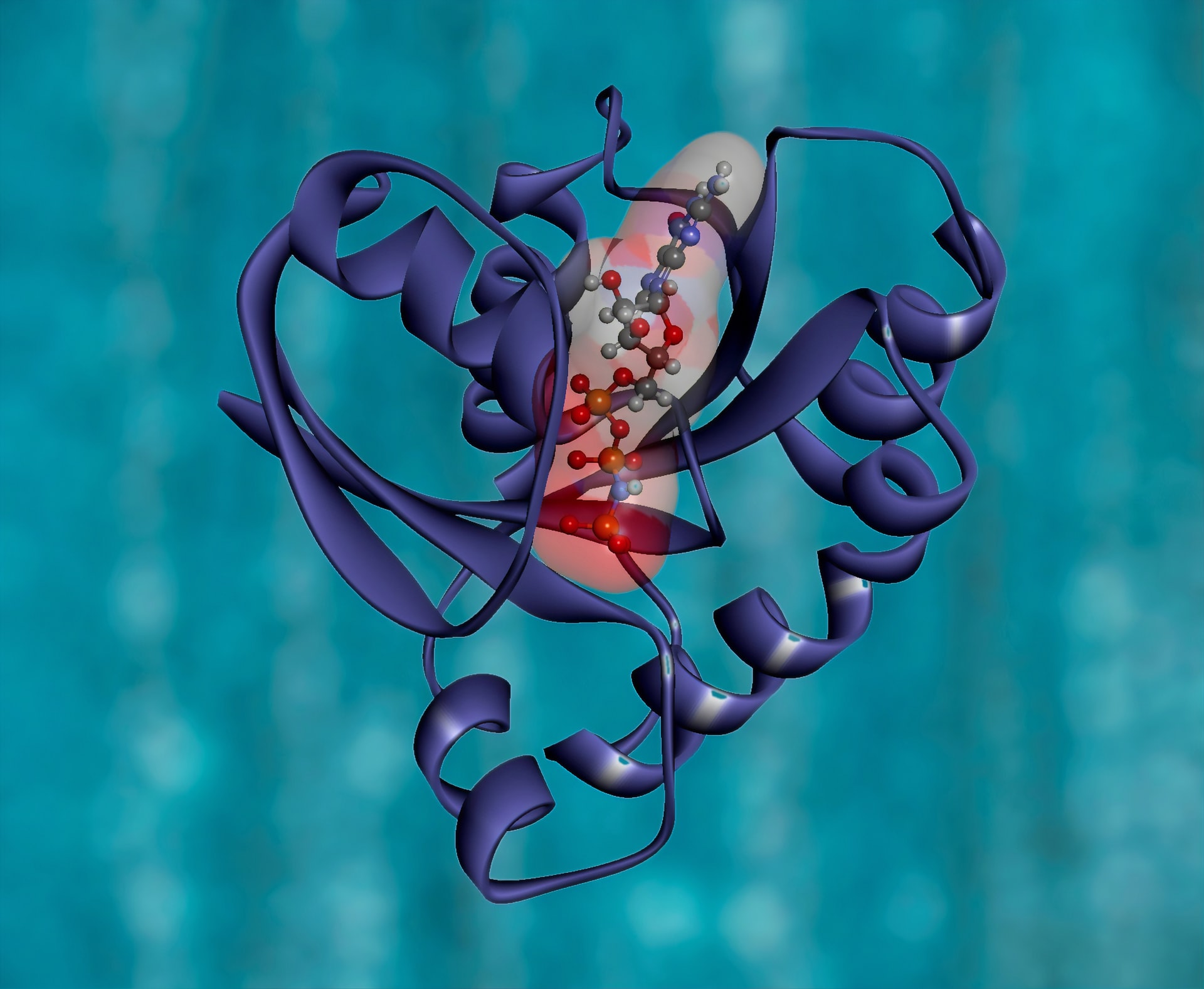
ΑΙhub.org
Studying biomolecules with deep-learning-enhanced nanoplasmonic technique

By Aurélian John-Herpin and Valérie Geneux
The tiny world of biomolecules is rich in fascinating interactions between a plethora of different agents such as intricate nanomachines (proteins), shape-shifting vessels (lipid complexes), chains of vital information (DNA) and energy fuel (carbohydrates). Yet the ways in which biomolecules meet and interact to define the symphony of life is exceedingly complex.
Scientists at the Bionanophotonic Systems Laboratory in EPFL’s School of Engineering have developed a biosensor that can be used to observe all major biomolecule classes of the nanoworld without disturbing them. Their innovative technique uses nanotechnology, metasurfaces, infrared light and artificial intelligence. The team’s research has been published in Advanced Materials.
To each molecule its own melody
“Tuning into this tiny world and being able to differentiate between proteins, lipids, nucleic acids and carbohydrates without disturbing their interactions is of fundamental importance for understanding life processes and disease mechanisms,” says Hatice Altug, the head of the Bionanophotonic Systems Laboratory.
Light, and more specifically infrared light, is at the core of the biosensor developed by Altug’s team. Humans cannot see infrared light, which is beyond the visible light spectrum that ranges from blue to red. However, we can feel it in the form of heat in our bodies, as our molecules vibrate under infrared light excitation.
Molecules consist of atoms bonded to each other and – depending on the mass of the atoms and the arrangement and stiffness of their bonds – vibrate at specific frequencies. This is similar to the strings on a musical instrument that vibrate at specific frequencies depending on their length. These resonant frequencies are molecule-specific, and they mostly occur in the infrared frequency range of the electromagnetic spectrum.
“If you imagine audio frequencies instead of infrared frequencies, it’s as if each molecule has its own characteristic melody,” says Aurélian John-Herpin, a doctoral assistant at Altug’s lab and the first author of the publication. “However, tuning into these melodies is very challenging because without amplification, they are mere whispers in a sea of sounds. To make matters worse, their melodies can present very similar motifs making it hard to tell them apart.”
Metasurfaces and artificial intelligence
The scientists solved these two issues using metasurfaces and machine learning. Metasurfaces are artificial materials with outstanding light manipulation capabilities at the nanoscale, thereby enabling functions beyond what is otherwise seen in nature. Here, their precisely engineered meta-atoms made out of gold nanorods act like amplifiers of light-matter interactions by tapping into the plasmonic excitations resulting from the collective oscillations of free electrons in metals. “In our analogy, these enhanced interactions make the whispered molecule melodies more audible,” says John-Herpin.
The researchers developed a deep neural network to discriminate between different molecular components effectively. Applying this neural network model to the data collected from the metasurface, the sensor can be used to analyze biological assays featuring multiple analytes simultaneously from the major biomolecule classes and resolving their dynamic interactions.
“We looked in particular at lipid vesicle-based nanoparticles and monitored their breakage through the insertion of a toxin peptide and the subsequent release of vesicle cargos of nucleotides and carbohydrates, as well as the formation of supported lipid bilayer patches on the metasurface,” says Altug.
This AI-powered, metasurface-based biosensor will open up exciting perspectives for studying and unravelling inherently complex biological processes, such as intercellular communication via exosomes and the interaction of nucleic acids and carbohydrates with proteins in gene regulation and neurodegeneration.
“We imagine that our technology will have applications in the fields of biology, bioanalytics and pharmacology – from fundamental research and disease diagnostics to drug development,” says Altug.
Read the research in full
Infrared Metasurface Augmented by Deep Learning for Monitoring Dynamics between All Major Classes of Biomolecules
Aurelian John‐Herpin, Deepthy Kavungal, Lea von Mücke, Hatice Altug










